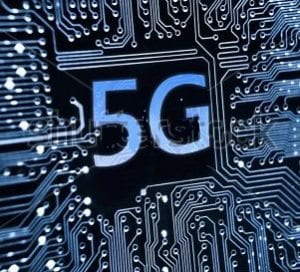
These speeds can be achieved via several innovative technologies both in phones and within the towers they reach. So how exactly does Gigabit LTE work? By utilizing multiple frequencies on cell towers to send data to and from your phone, carriers are changing how you access data, allowing more of it to be transferred at one time. Additional antennas built into devices allow phones to pick up better signals and increase speeds as well.
Carriers are also employing License Assisted Access (LAA) to use their licensed radio waves to increase speeds, according to Digital Trends. Currently available in over 25 countries, more than 40 operators and 16 devices now support Gigabit LTE. It’s capable of delivering lightning-fast internet allowing for downloading of games and TV shows on the go and tethering multiple devices to your phone.
Much like the “herd immunity” effect, it not only improves speeds for those who have it — you can access data online quicker than you can access the data on your phone with Gigabit LTE. It can also clear up congestion by Gigabit LTE users faster, enhance speeds, and is more reliable in areas that have poor coverage.
Gigabit LTE could be the tipping point in wireless technology, one where mobile data will surpass broadband speeds and change the way we access information.
January 8, 2018




Reader Interactions